Barbara Boissevain
Member Spotlight - December 2019
- Where did you grow up, and where do you live now?
I grew up in the Silicon Valley after my parents moved there from the Midwest when I was six years old. I left California for NYC to study painting at Parsons School of Design and then moved back to the Bay Area after discovering my love for photography. I was drawn back to California and the San Francisco Art Institute's photography program that was originally founded by Ansel Adams. While I was there, I was lucky enough to study with Pickle Jones (one of Ansel Adams' Proteges) and the iconic Linda Connor. I went on to get my M.F.A. from San Jose State University where I studied with Robin Lasser and Bryan Taylor. I worked for fifteen years as an architectural photographer and have photographed in many different parts of the world. I am now back in the Silicon Valley and currently live in Palo Alto, CA.
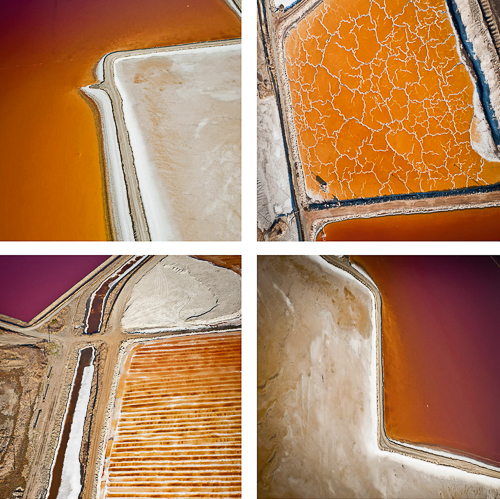
- Why did you join TPS, and how long have you been involved?
I recently joined TPS and I have been really impressed by the opportunities and resources they provide for their members. Choosing to be an artist/photographer one embarks on a nonlinear path and finding a way to support one's practice can be really overwhelming. TPS provides a platform and community that is vital for photographers who need support in order to grow as creative professionals.
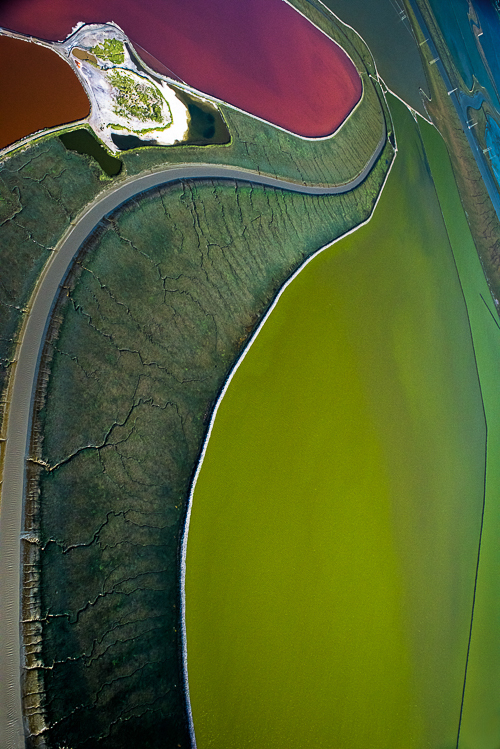
- Why did you become a photographer, and where do you find inspiration or motivation for your work?
It was a real process for me to become a photographer. I knew I wanted to create visual art, but my first exploration was with painting, investigating formal aesthetics. While I was an undergraduate in art school, I saw an exhibit of Sebastiao Salgado's work at the Palais de Tokyo in Paris. This was a life-changing event for me and I was utterly captivated by his images. The idea of using photography in the service of social and political advocacy was not new to me—but this idea combined with the formal qualities of his images and his extraordinary use of light really resonated with me. I am not a religious person, but I felt I had found my religion and I began photographing.

Having lived in the same region of the country for most of my life I developed a strong relationship to the landscapes and ecosystems found in Northern California. I grew-up hiking and exploring the natural beauty found here and it has been a great inspiration for my work. I don't think that it is a coincidence that many of the early landscape photographers like Adams, Weston and Cunningham ended up here.
My perception and relationship to the land here in the Bay Area has dramatically changed over the last twelve years. In 2007, my father was diagnosed with a rare form of cancer just as he celebrated his retirement from NASA Ames Research Center, where he had worked in aeronautical research for over thirty-three years. We lost him very quickly, and after his death, I learned that NASA Ames (which is situated on the former Naval Air base Moffet Field), is the largest Superfund site in California. I also learned of other NASA employees who have suffered serious health effects after working for many years at Moffet Field. This personal loss sent me on a journey to create my ongoing series "Big Dirty Secrets," where I am interested in highlighting issues of environmental toxicity relevant to the inhabitants of the Silicon Valley.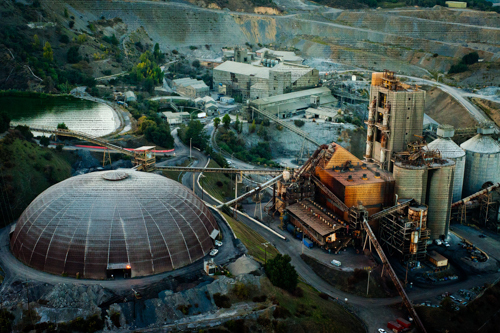
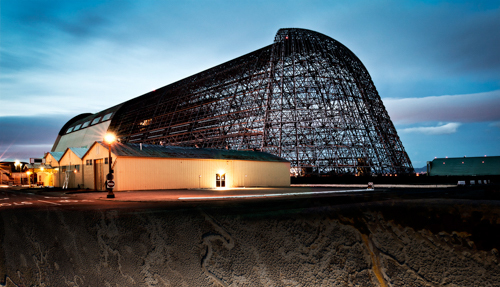
There are nine Superfund sites in Mountain View (the city where Moffet Field is located), and I currently live within close proximity to several sites near my home in Palo Alto. As this project has progressed I have learned that even though the San Francisco Bay Area is often thought of as leading the nation in environmental awareness, it is among the most polluted regions in the country. - How would you describe your photography and/or working process?
In graduate school I was lucky enough to be able to take a seminar led by David Maisel while he was a guest lecturer at our university. David spoke to us about his work and the "apocalyptic sublime," a phrase he came-up with to describe the process of using beauty to lure the viewer into a photograph while at the same time documenting a site that become horrifying upon discovery of what it contains.

I have definitely used this trope in my work, but have reengineered it to work for me in a different way. For example, with my Salt Pond Restoration Series, I am documenting the southern region of the San Francisco Bay at different intervals of time. This is to show how the apocalyptically beautiful salt ponds are being restored to natural wetlands as their biodiversity increases over time. What I hope to reveal is a reversal of the apocalyptic sublime, where nature taking over and reclaiming these sites is just as visually compelling and beautiful as documenting man's destruction. The restoration that is taking place in the San Francisco Bay is the largest wetlands restoration in the United States and will take over sixty years to complete, so this is a very long term project for me and requires patience. I have been photographing the restoration for the last ten years and I will continue as long as I am able.
- Please tell us about your most recent photographic work.
Up until recently I had only photographed the Salt Pond Restoration aerially from a helicopter which has allowed me to reveal the incredible changes that are taking place in the San Francisco Bay that could only be seen from the air.
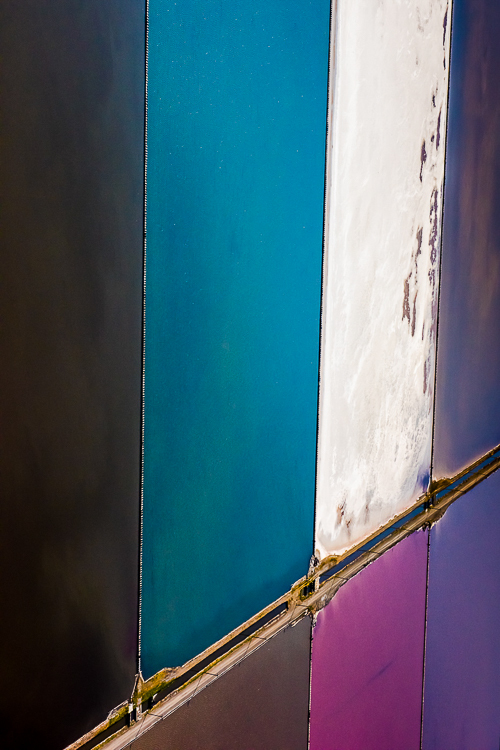
In my recent work I have expanded my project to include the ground level, allowing the viewer to examine the changes in biodiversity by zooming in from a completely different perspective. I am also experimenting with photographing on the microscopic level to show the exponential increase in microbial life as the wetlands are restored. Every time I walk out on the trails leading to these sites I see new life and dramatic changes. It is really inspiring and hopeful to know what nature is capable of which gives me hope for our species and that of other species on our planet.